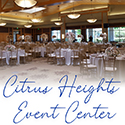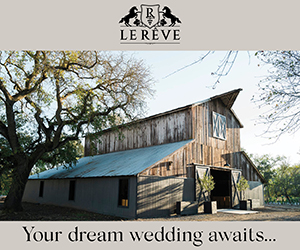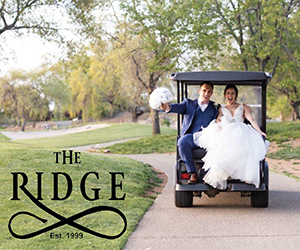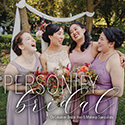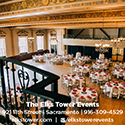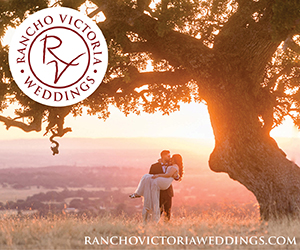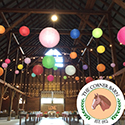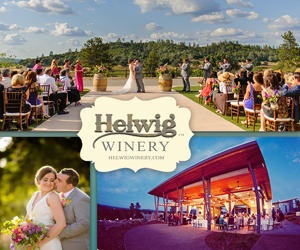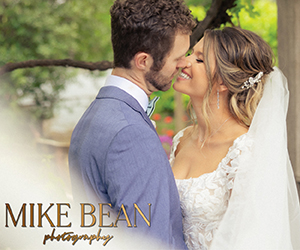Neha and Saurabh’s Indian wedding was an international affair. Fifty of their 200 guests were from out of the country, including India, Australia, England and Canada.
The couple met through their fathers, who went to school together. They got engaged after four months of dating. Four months later, they married at Canyon View.
“This venue gave us our dream wedding outdoor and reception indoor,” says Neha, who loved the venue’s views overlooking the Bay Area. “It was two venues in one!”
All of Saurabh’s attire, including his turban was brought over from India by his parents. “The first time I saw my husband, I was in awe of how handsome he looked in his traditional wedding attire,” says Neha. “The smile he gave when we saw each other confirmed that I am marrying my soul mate.”
Neha’s dress and jewelry were from Canada and her custom reception outfit was from Los Angeles. “My ‘churda’ traditional red bangles that women wear up to a year after marriage, were sent from my uncle in India,” she says. “My wedding attire including jewelry had to have weighed at least 30 pounds on its own!”
Saurabh says it was an “amazing feeling” seeing Neha. “To this day, I cannot forget that moment when I saw her for the first time.”
The couple’s traditional Hindu wedding, which was performed by a Hindu scholar known as a pandit, included many key rituals: the Milni, meeting of the two families; Ganesh Puja, prayer to Lord Ganesh, the destroyer of all obstacles; Kanya Aagaman, arrival of the bride; Jai Mala, exchange of garlands, signifying their acceptance of one another; Kanyadaan and Hasta Melap, the giving away of the bride; Vivah Havan, lighting of the sacred fire, symbolizing the divine presence as a witness of the ceremony; and Mangal Phere, during which the couple circles the sacred fire seven times.
Next came the Saptapadi, the seven sacred steps, which Neha calls, “the most beautiful part of an Indian wedding. It has so much depth, purpose and meaning. The couple takes seven steps together, taking a sacred vow with each step.”
Next the groom placed a mangalsutra, sacred necklace made of black and gold beads, around Neha’s neck and applied sindoor, red vermillion powder on her forehead.
“These two offerings signify the bride’s status as a married woman and the groom’s devotion to the bride,” says Neha. “The bride and groom also exchange rings at this time and feed each other sweets.”
The ceremony, which featured yellow, orange and red, traditional Hindu wedding colors, finished with Aashirvaad, blessings for the married couple; and Bidaai, going away of the bride to the groom’s house.
The reception had crystal centerpieces with ivory linens for a “very sophisticated look,” says Neha. “Our backdrop for the reception was shimmer gold with ivory uplighting.”
They served traditional Indian food, catered by Arvind Bhargava. The bride was happy with how smooth the day went and “how the guests were really enjoying all the different ceremonies, rituals, dance, décor, drinks and food.”
— Kristen Castillo







































































































